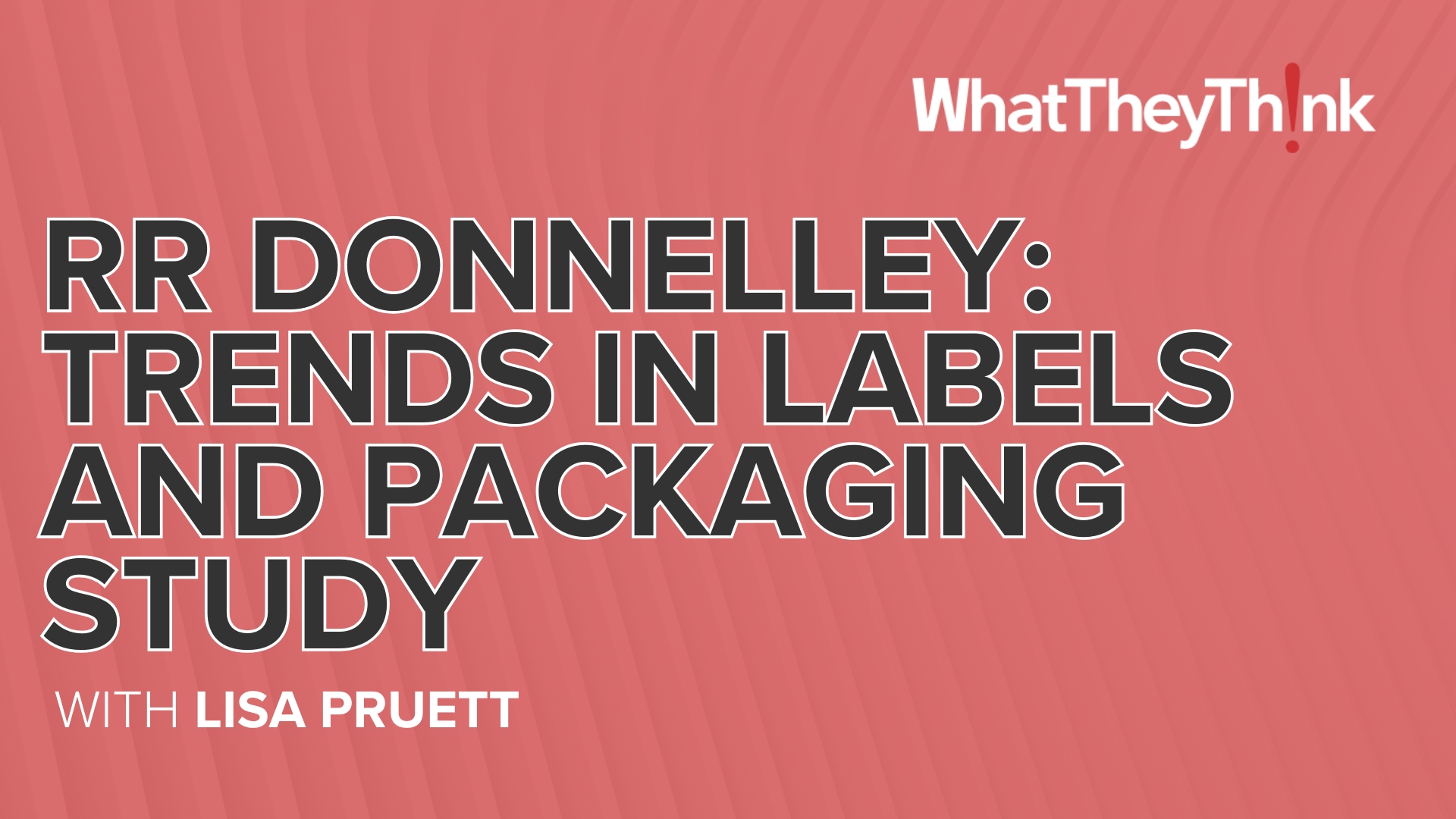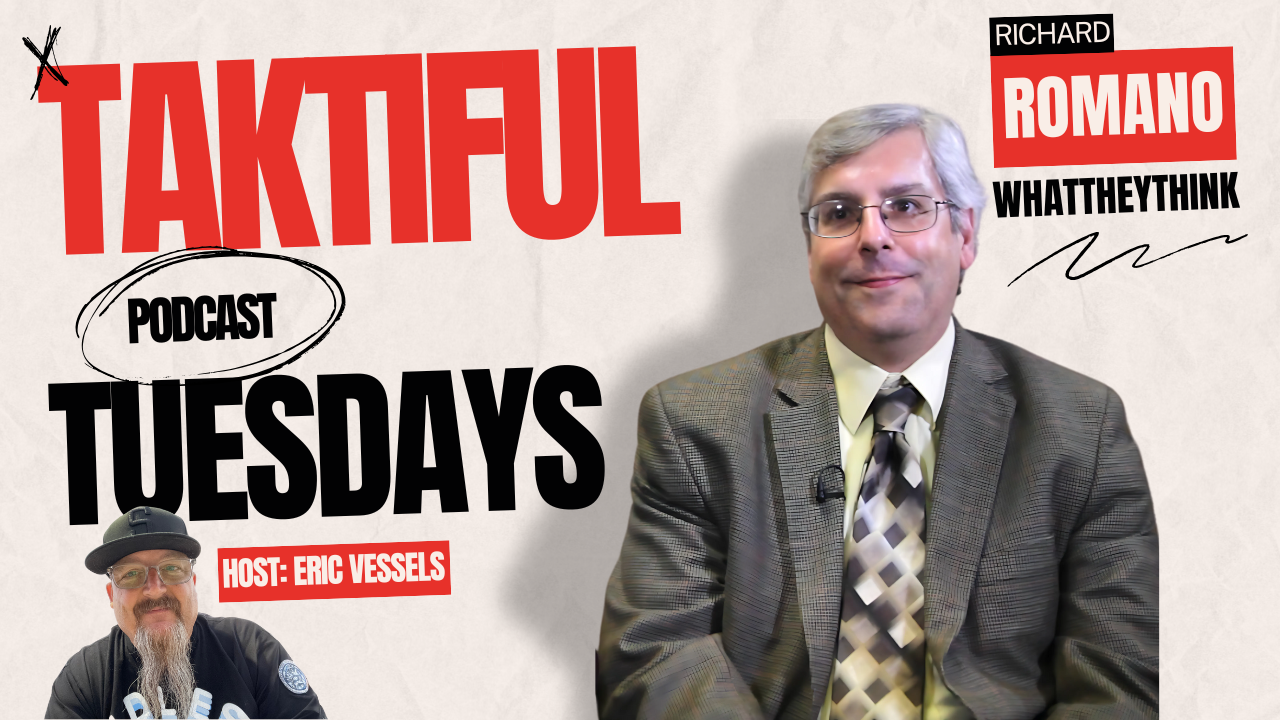
Last month, we remarked that August employment was very much in a holding pattern, and in September, we may be climbing out of it. Overall printing employment was up +0.8% from August, with production employment up +1.1%, and non-production printing employment lagging and only being up +0.3%. If you look at the year-over-year changes, early 2021 saw a return of the workers that had been shed or furloughed during the pandemic, which had started to slow over the summer. September 2021 production employment was up +5.1% over September 2020, and, again, non-production employment lagging, in this case by being down -1.6% from September 2020.
Publishing employment is improving slightly, with general publishing employment up +1.2% from August. Digging into the specific publishing segments (the reporting of which lags a month), from July to August, periodical publishing employment grew +0.6% while newspaper publishing employment was up +0.9% (it had been down -0.9% from June to July).
The creative markets are a mixed bag this time out. Graphic design employment was down -1.3% from July to August, but ad agencies (less PR) were unchanged. PR was again the star of the show this month, with August employment +2.8% above July. Direct mail advertising employment took a beating in August—down -1.4%, a far-ish cry from being up +0.7% from June to July and well below the +2.8% increase we had seen from April to May.
In the general September employment report, said the BLS:
Total nonfarm payroll employment rose by 194,000 in September, and the unemployment rate fell by 0.4 percentage point to 4.8 percent, the U.S. Bureau of Labor Statistics reported today. Notable job gains occurred in leisure and hospitality, in professional and business services, in retail trade, and in transportation and warehousing. Employment in public education declined over the month.
…The change in total nonfarm payroll employment for July was revised up by 38,000, from +1,053,000 to +1,091,000, and the change for August was revised up by 131,000, from +235,000 to +366,000. With these revisions, employment in July and August combined is 169,000 higher than previously reported.
Some other quick hits from the September report:
- The labor force participation rate declined from 61.7% to 61.6%.
- The employment-to-population ratio increased from 58.5% to 58.7%
- The number of persons working part time for economic reasons was basically unchanged at 4.468 million, close to the pre-pandemic level of 4.4 million.
- The 25 to 54 participation rate decreased from 81.8% to 81.6%.
Calculated Risk adds, “There was some good news - the decline in the unemployment rate, the decline in permanent job losers, and the decline in long term unemployed - however, there are still 5.0 million fewer jobs than prior to the recession, and overall this was a disappointing report, probably due to the sharp increase in COVID cases in September.”














